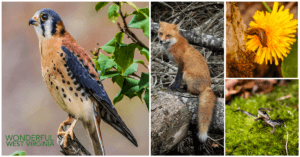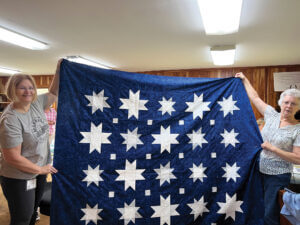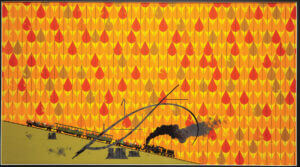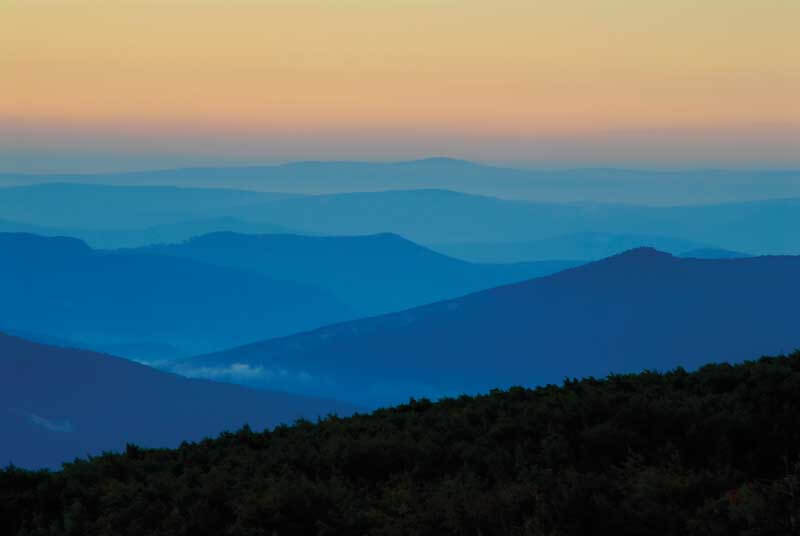
Steve Shaluta reflects on his life and work.
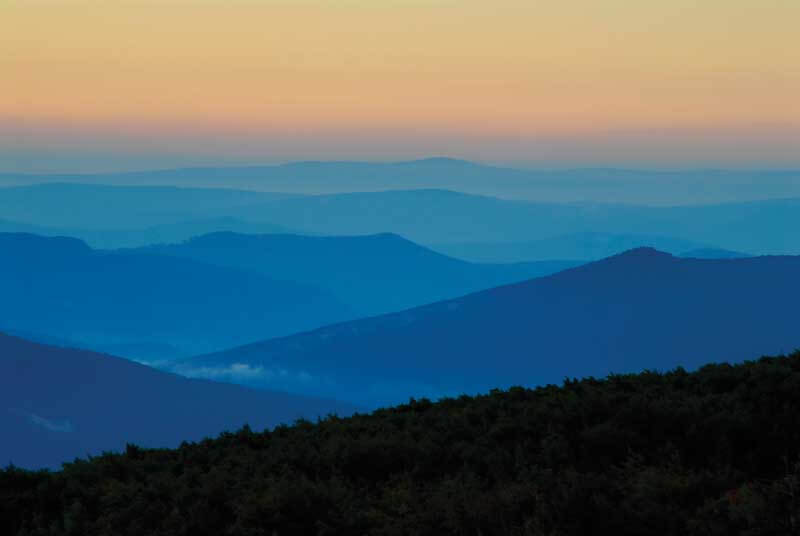
This story was originally published in the January 2015 issue of Wonderful West Virginia.
Written by Shay Maunz
Photographed by Steve Shaluta
Ask Steve Shaluta where he’s from, and he becomes uncharacteristically sheepish. “I don’t usually like to tell people this, but I was actually born in Baltimore, Maryland,” he says, and follows up with an excuse. “But I don’t even remember Baltimore. All I remember is from about 7 years old on, and we were in West Virginia by then.” You get the sense that Shaluta doesn’t want to be thought of as anything other than a native son of West Virginia—like West Virginia is so ingrained in his identity that he can’t fathom being from anywhere else.
We’ll forgive him for that offense, because even though he wasn’t born here, it’s hard to imagine a more deeply entrenched West Virginian than Shaluta. He’s spent the past three decades rooting around this state’s hollows, driving its winding roads, paddling its creeks, and climbing its hills—all in search of photographs. And not just any photographs. These are photos that show West Virginia in all its glory—the kind that inspire an intense pride in the state.

In his more than 30 years as a photographer, Shaluta has taken hundreds of thousands of photos of West Virginia. They’ve been made into 10 books and appeared in many more. They’ve been on the covers of magazines more than 350 times—”I quit counting years ago,” he says. “And I already had more than 300 back then.” They’ve been used in textbooks and advertisements and to decorate hospitals and banks. If you’ve seen a great photo of West Virginia any time in the past three decades, there’s a good chance Shaluta was behind the lens.
In January 2015 Shaluta retires from his job as a photographer with the state, after spending 28 years photographing West Virginia, first with the Division of Tourism, then with the Department of Commerce. He won’t be putting down the camera anytime soon, though. “For me, taking photos is my life—it’s what I do,” Shaluta says. “Good, bad, or ugly, when I’m gone, anybody who is going to remember me at all is going to remember that I was a photographer.”
“I had no idea what I was doing.”
Shaluta was artistic as a kid growing up in Grafton—he drew and painted his way through junior high and took art classes in high school—but he didn’t go into a creative field after graduation. “It was one of those things where you know you’re interested, but you’re not good enough,” he says. Instead Shaluta took a practical job as a railroad engineer in Grafton, a job he liked because the money was good and reliable, even though the work wasn’t all that thrilling. “I built two houses while I was working on the railroad,” he says.
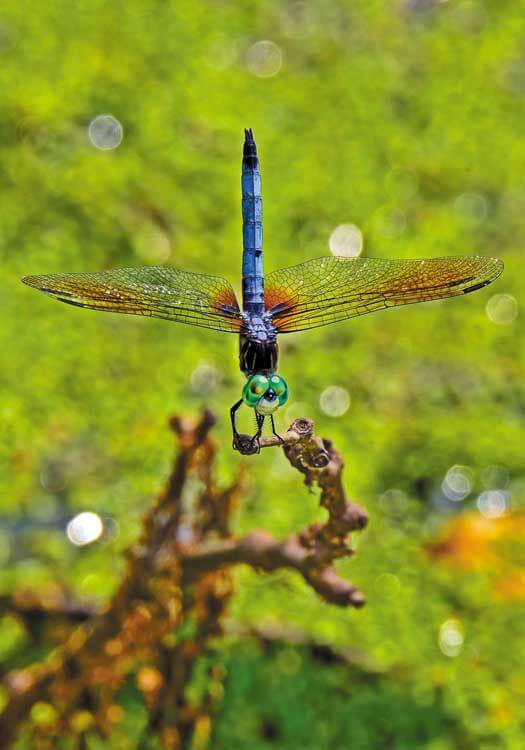
“For me, taking photos is my life—it’s what I do.”
He didn’t take his first photos until 1978, when he was visiting a girlfriend in Webster County. She was an art teacher and amateur photographer, and one day when she went to work she left Steve with her camera, tripod, and instructions to “go out behind the Elk River and take some photos.” “I had no idea what I was doing,” Shaluta says. “But I took photos all day and then left the film in the camera, and she got it processed.” The next time he came to visit she had a copy of Wonderful West Virginia magazine lying open on the coffee table, with prints of Shaluta’s first photos next to it. “I said, ‘I don’t know what happened, but those look kind of like mine and mine look kind of like those,'” he says. “And she said to me, ‘You have a natural talent for this.'”
He mainly attributes the success of those first few photos to luck—he stumbled into the setting for a long exposure time, he says, which helped give the water that lovely milky quality—but it seems safe to say his innate understanding of composition and form helped a lot. Even today when other photographers talk about Steve’s work they don’t dwell on his technical expertise in postproduction or his mastery of the camera. They’ll mention those things, sure, because he’s good at them, too, but they mainly talk about things that can’t be learned. “His composition is just stellar, which is what really distinguishes a photographer,” says Tom Hindman, a staff photographer at the Charleston Daily Mail and friend of Shaluta’s. “He’s very good at those scenics, landscapes— he has a knack for it.” Or take David Fattaleh, who was Shaluta’s boss at the Division of Tourism for more than 20 years. “Photography is artful and creative and Steve has that,” he says. “Steve has a lot of that.”
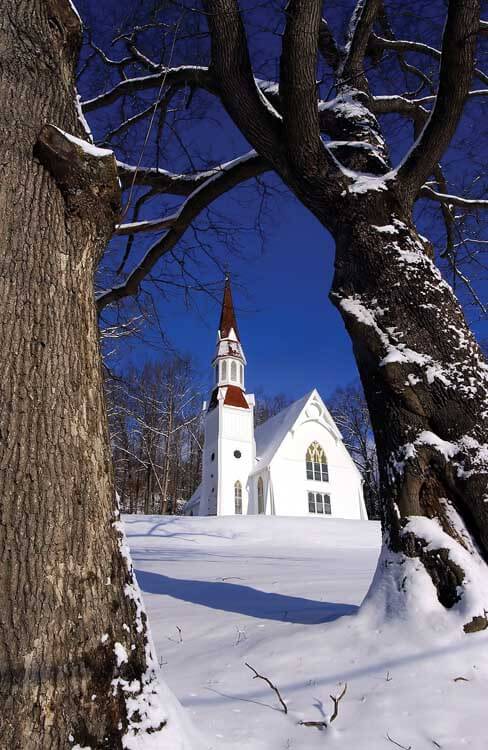
Even before he took that borrowed camera to the Elk River, Shaluta was a nature lover, bird-watcher, and hiker. Nature photography appealed to him on a recreational level—if he was going outdoors to marvel at the landscape, he might as well take a camera with him. But he was also drawn in by the thrill of seeing those first shots in print, and he wanted to treat photography as more than simple documentation— Shaluta knew right away he would treat it like art. He bought all the camera gear he needed and started taking photos constantly. “It became almost an obsession,” he says. His approach was deliberate. He’d leave the house with his camera, tripod, and a notebook so he could track the settings he used for each photo. Later, after he’d had the photos developed in a lab, he’d compare the prints with his notes to see where he went right or wrong. Now, thanks to his early diligence, all that work happens in real time, inside Shaluta’s mind when he’s out in the field. “Now I work on automatic, and as I’m walking up to a scene I have all these plans about composition and lighting and everything,” he says. “It’s like I have a little slide in my head and I can see the scene compressed through a telephoto lens.” Just two years after he shot those first photos of the Elk River, Shaluta’s work appeared in print for the first time, in this magazine. By 1983 his work was appearing here regularly— Arnout Hyde, the respected staff photographer turned editor, was a fan of Shaluta’s work and encouraged him to submit his work for publication often. He quickly became a mentor.
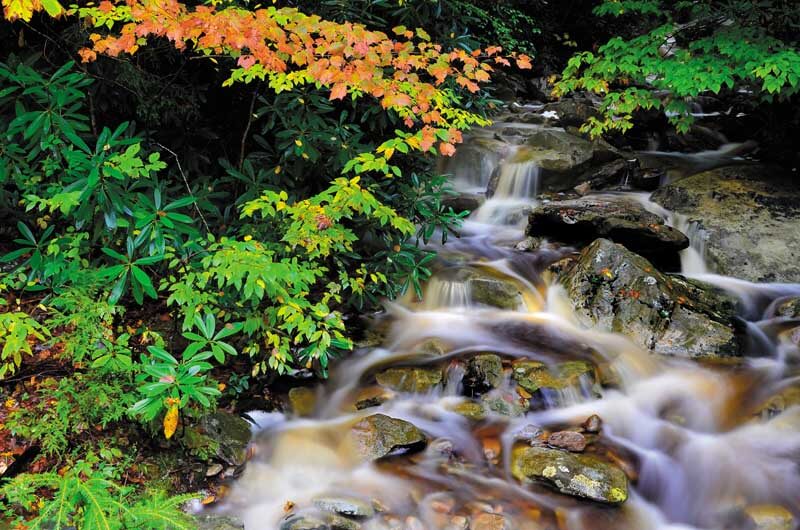
In 1985, after nearly 15 years as a railroad engineer and seven juggling his day job with photography, Shaluta quit the railroad to take photos fulltime. The plan was to make a living doing freelance work, but after a few months Steve got a chance at his dream job: He had an interview for a staff photographer position at the state Division of Tourism. “This is how naive I was,” he says. “I brought my slides in a cardboard box, and my tear sheets were in whole magazines that they had to leaf through, so they were sitting there flipping through magazines looking for my stuff.”
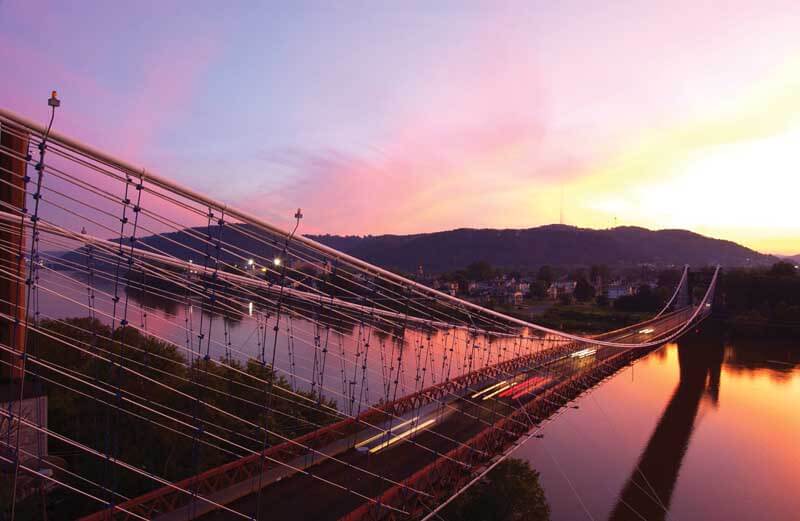
Technically, he didn’t have the right kind of experience for the job. He’d have to process his own photos, for example, but he’d never worked in a dark room. “In the interview I’d be like, ‘Can you do this?'” says Fattaleh, who was one of the people interviewing Shaluta that day. “And he’d just say, ‘Nope, nope, nope.’ But he was a really good outdoor photographer, and we needed that.” In the end Shaluta got the job—they figured they could teach him to develop photos, but they couldn’t teach anyone to take photos as good as the photos he took. “And his enthusiasm and talent really improved what we were doing there,” Fattaleh says. “I was just thrilled to death to get that job,” Shaluta says. “I told them, ‘I don’t care if you tell me to photograph a dog turd, it’s going to be the best picture of a dog turd you’ve ever seen.'”
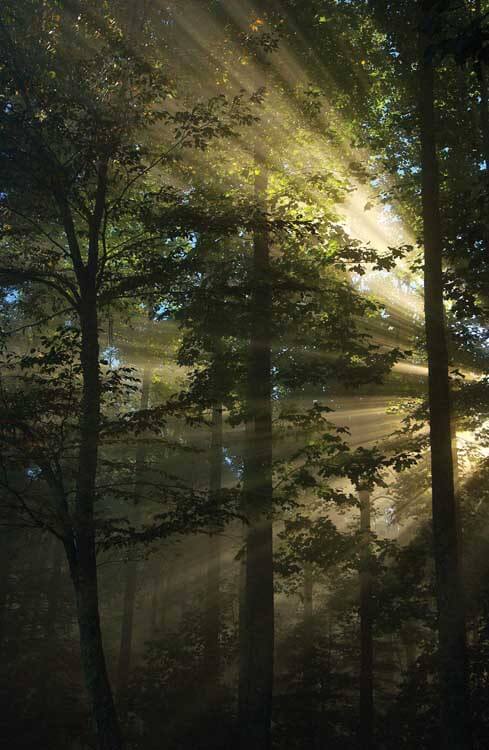
“All I do is chase the light.”
Photographs tend to give the mistaken impression that the photographer just stumbled onto the scene and pressed the right button—but it’s more than that. It’s work. Fattaleh and Shaluta have gone out to shoot photos together many times over the years, and it’s telling that their favorite memories from shoots all involve some outrageous outdoor adventure. There’s the time they were up at Dolly Sods during a snowstorm, and their car slid down the mountain on a sheet of ice. Or the time they were in the New River, hopping from rock to rock in search of a better angle for photos, and Fattaleh fell into the river, cameras and all. Or the time Shaluta was shooting a photo of a wild turkey, and it charged him. “He held up this stick or a tripod or something like he was sword fighting with the turkey,” Fattaleh laughs.
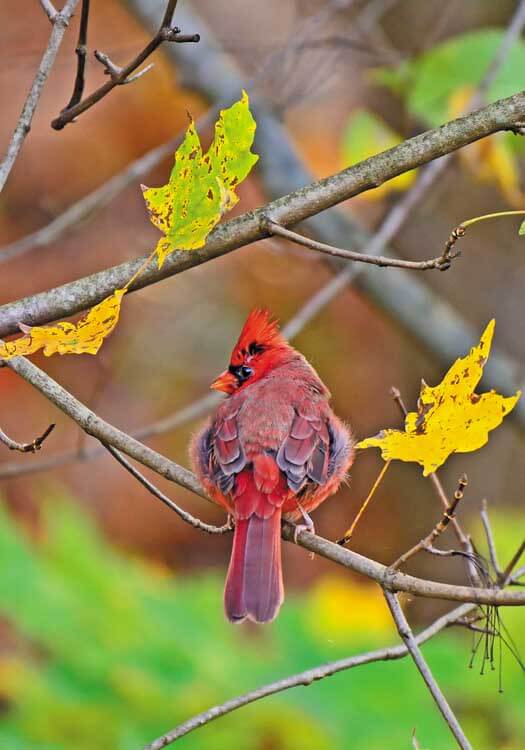
Most of Shaluta’s work over the years has revolved around nature and wildlife, which means he’s spent much of his career driving, hiking, and hopping rockto-rock around West Virginia. He’s shown all of us a lot more of the state’s natural world than we would have seen otherwise, and he’s seen firsthand more of it than many of us would if we lived 100 lifetimes. And that’s not an accident—Shaluta has worked at it. “My whole life revolves around weather and light,” he says. “All I do is chase the light.”
He’s rolled out of bed in the wee hours of the morning to make it to the New River Gorge—or Spruce Knob, or Bear Rocks—in time for the sun to rise. He’s studied birds’ flight habits to know when to wait for them at their nests. He’s driven hundreds of miles to reach the corner of the state with the brightest autumn leaves or the heaviest snowfall. “He embraces the outdoors,” says Sissie Summers, the programming coordinator for West Virginia State Parks. “And it’s not just that he takes a pretty picture, he learns about the picture that he took—you won’t find a finer photographer who’s more in love with West Virginia than Steve Shaluta.”
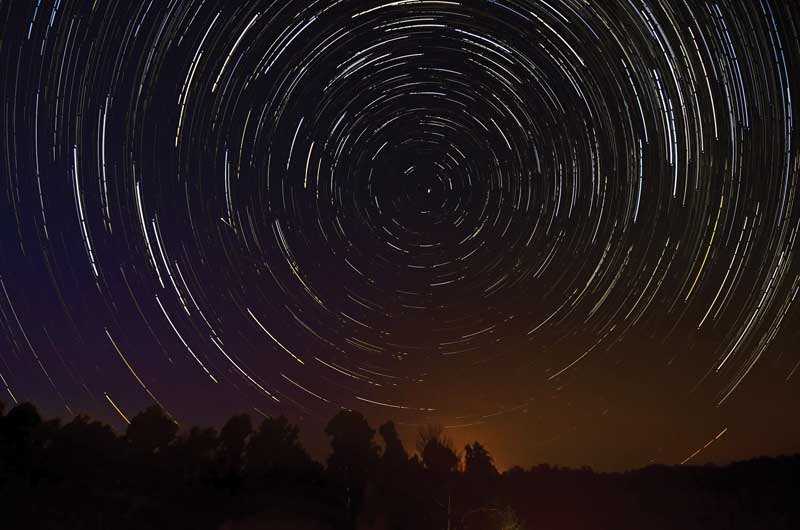
LOOK FOR STEVE’S PHOTOS IN THESE BOOKS
A Song For West Virginia
Photographs by Steve Shaluta
Written by Marc Harshman
Wild and Wonderful: The Wildlife of West Virginia
Photographs by Steve Shaluta
Written by Dr. Edwin Michael
Mail Pouch Barns of West Virginia
By Steve Shaluta
West Virginia Beauty: Familiar and Rare
Photographs by Steve Shaluta
Written by Jeanne Mozier
Lab Work: Working Like a Dog
By Steve and Vickie Shaluta
West Virginia Mail Pouch: A Photographer’s View
By Steve Shaluta
Wonders of West Virginia Photographs
By Steve Shaluta
Written by Jeanne Mozier
West Virginia Impressions
By Steve Shaluta and Bryan Lemasters
Covered Bridges in West Virginia
By Steve Shaluta
The State Parks of West Virginia
By Steve Shaluta
Purchase Steve’s books at steveshaluta.com/wvbooks.htm.

